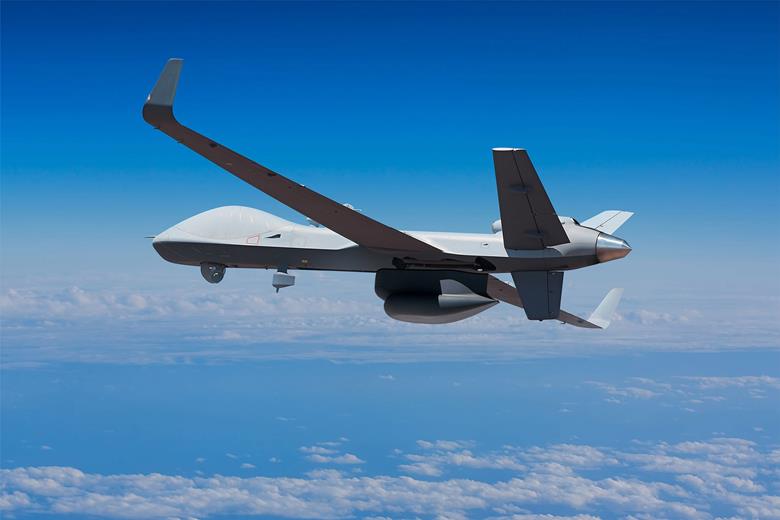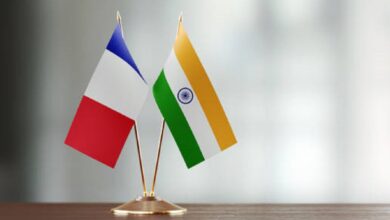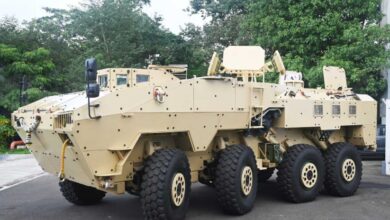India Initiates Acquisition Of US Drones For Enhanced Surveillance And Defense

- The expected cost includes weapons, sensors, ground control stations, ground data terminals, ground handling equipment, spare parts, and logistics support.
- The number of drones to be bought was decided by a scientific study that took into account the needs of all three services and the size of India's land and sea borders.
India will send a letter of request (LoR) to the US government this week to start the process of buying 31 MQ-9B remotely piloted aircraft systems (RPAS) under the foreign military sales (FMS) programme. This is a way for the US government to sell military platforms made in the US and provide services and training to other countries. On Sunday, officials with knowledge of the situation said that India will send the letter of request this week.
The Defense Security Cooperation Agency (DSCA) runs the FMS program for the US Department of Defense (DoD). It is a multi-tiered process with many steps. The Indian LoR will be clear about what the three services need, what tools they want, and how they want to get it, said officials who asked not to be named.
Before moving forward with the deal, which is thought to be worth $3.07 billion, the US was asked for price and supply information.
India’s top body for buying weapons, the Defence Acquisitions Council (DAC), gave its acceptance of necessity (AoN) on June 15 for the country to buy 31 MQ-9B General Atomics high-altitude long endurance (HALE) drones. India has rules about how to buy military equipment, and the AoN by the council is the first step in the process.
After an official notification to Congress, the US will send a letter of offer and acceptance (LoA) in response to the LoR. This will set the stage for India to start negotiations with the US, taking into account the price and terms that Washington DC has offered to other countries. Before the deal is finalized, it will be put in front of the cabinet committee on security, which is run by Prime Minister Narendra Modi, for approval.
During Modi’s first state visit to the US on June 22, the US and India made a united statement in which they talked about the deal. It said that General Atomics will build a global maintenance, repair, and overhaul (MRO) facility in India to help India reach its long-term goal of improving its own defense assets.
The Congress party tried to put the government in a corner by asking questions about price, how to buy, how to transfer technology, how many they wanted to buy, and how self-reliance in defense was being followed.
Top government officials, on the other hand, defended the much-anticipated deal with vigor, saying that India will negotiate a competitive deal with the US to strengthen the military, that the deal will be open and honest, that it will involve the transfer of critical technologies, that it will help the Defence Research and Development Organisation (DRDO) develop similar systems on its own, and that the number of drones to be bought is based on what the armed forces need for their operations.
There will be 15 drones for the navy, 8 for the army, and 8 for the Indian Air Force. The sources said that 10 drones will likely be bought off the shelf and the other 21 will be made in India.
The US has given India an offer for $3.07 billion for the 31 drones. This, though, will depend on what can be agreed upon. The expected cost includes weapons, sensors, ground control stations, ground data terminals, ground handling equipment, spare parts, and logistics support.
India will also try to get a bigger share of the technology. It is thinking about doubling the current amount of technology transfer, from 8–9% to 15%–20%. The flexible platform will be made in India. It will be able to hit targets with its own weapons, it will be used for intelligence, surveillance, and reconnaissance (ISR), and it will also be able to do electronic warfare, defense counter air, and airborne early warning.
The number of drones to be bought was decided by a scientific study that took into account the needs of all three services and the size of India’s land and sea borders.







Facebook Comments